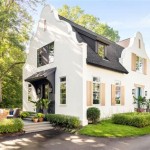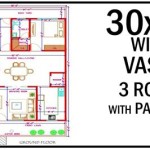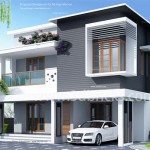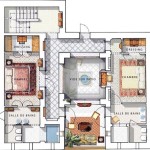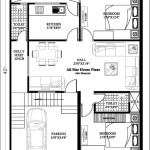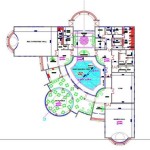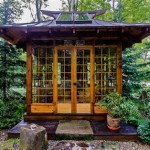Essential Aspects of Second Empire Victorian House Plans
During the mid-19th century, the Second Empire architectural style emerged as a striking and exuberant expression of Victorian design. Its influence extended across North America, gracing urban streets and rural landscapes alike. Second Empire Victorian house plans embody a distinctive set of characteristics that define their aesthetic and practical appeal.
Mansard Roof
The most iconic feature of Second Empire Victorian homes is their mansard roof. This sloped roof, with a steep lower section and a shallower upper section, provided ample attic space while adding to the home's imposing facade. The roofline was often adorned with ornate cornices, brackets, and dormer windows, creating a visually captivating silhouette.
Exterior Ornamentation
Second Empire Victorian houses were known for their elaborate exterior ornamentation. Window surrounds, door frames, and cornices featured intricate carvings, moldings, and decorative elements. This ornamentation extended to the roofline, where brackets, finials, and balustrades added a touch of grandeur. The use of decorative cast iron, such as in balconies and railings, further enhanced the home's opulent appearance.
Asymmetrical Facades
Unlike previous Victorian styles, Second Empire homes often exhibited asymmetrical facades. This asymmetry was created by varying the placement of windows, doors, and dormers on the front elevation. By breaking from the traditional symmetrical approach, architects created a sense of movement and visual interest that set Second Empire homes apart.
Bay Windows
Bay windows, projecting outward from the main facade, were a common feature in Second Empire Victorian homes. These windows provided ample natural light and extended the living space, creating cozy and inviting areas within the home. Bay windows were often adorned with decorative elements, such as arched tops, patterned mullions, and stained glass, adding to the home's overall aesthetic appeal.
Floor Plan
Second Empire Victorian house plans offered spacious and functional layouts. The first floor typically featured a grand entrance hall, formal living and dining rooms, and a library or study. The upper floors contained bedrooms, bathrooms, and often additional living spaces, such as a music room or a playroom. The floor plan was designed to accommodate the needs of large families and provided ample space for entertaining.
Materials
Second Empire Victorian homes were constructed using a variety of materials, including brick, stone, wood, and cast iron. Brick and stone provided durability and a sense of solidity, while wood allowed for intricate detailing and ornamentation. Cast iron was used for decorative elements, such as balconies, railings, and cornices, adding to the home's overall grandeur.
Conclusion
Second Empire Victorian house plans embody a unique and enduring architectural style that continues to captivate home enthusiasts today. With their distinctive mansard roofs, elaborate ornamentation, asymmetrical facades, and spacious floor plans, these homes represent a period of architectural exuberance and grandeur. If you are considering building or renovating a home in the Second Empire Victorian style, it is essential to understand the key characteristics that define this iconic design.

Second Empire House Plan Victorian Plans Vintage

Second Empire Tower Allisonramseyarchitects House Plans Victorian

Untitled Victorian House Plans Mansion Floor Plan Homes

French Second Empire 1870 To 1895 Buildings

19th 20th Centuries Second Empire M Massachusetts Your Guide To The Witch City

Second Empire House Plans Dreamhomesource Com

Home Building 1850 1900 Brigham City History Project

1870 Was A Good Year Victorian House Plans Homes Plan

Second Empire House

Find Out About Old Fashioned Mansard Roof Homes Second Empire Style Houses Americana

